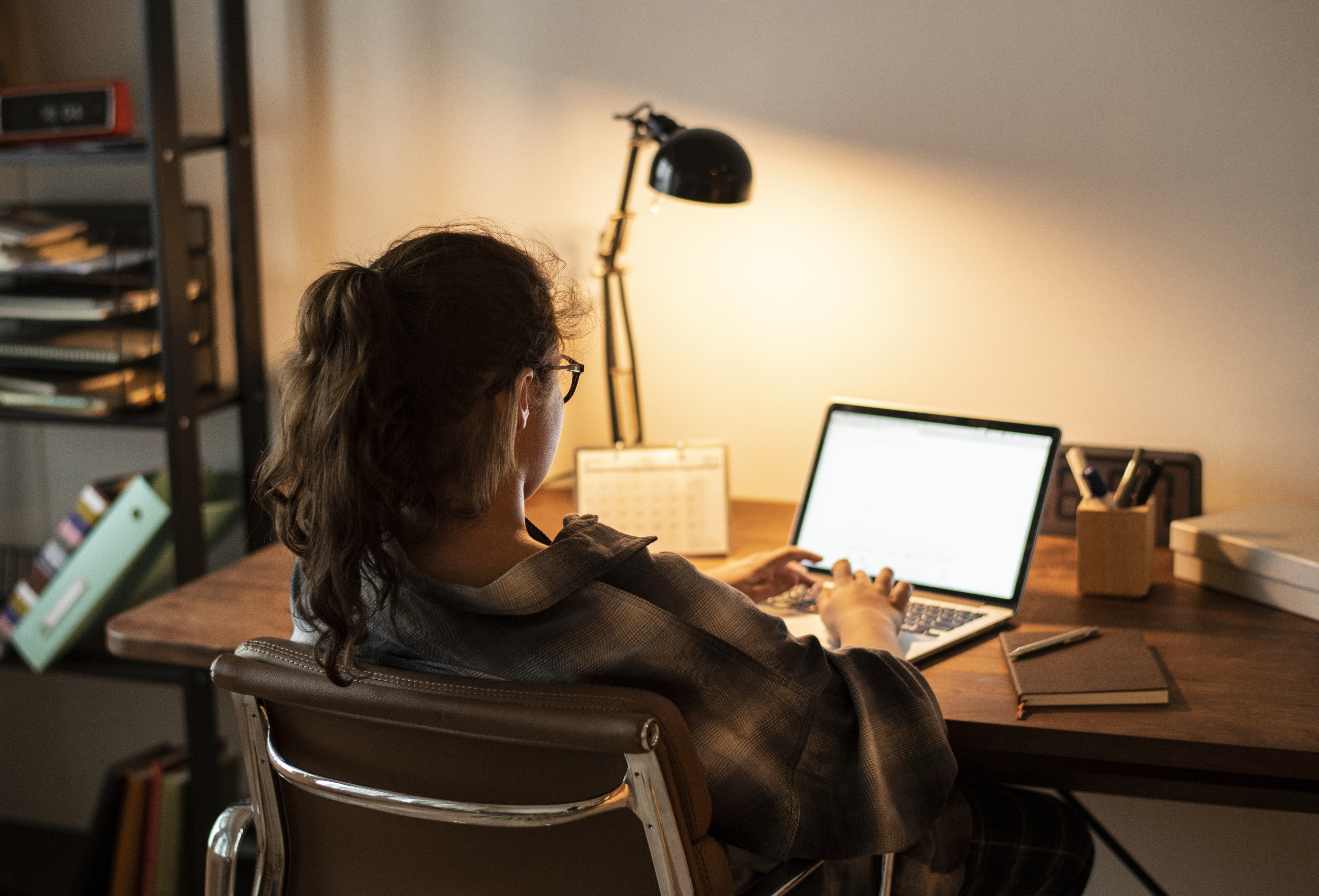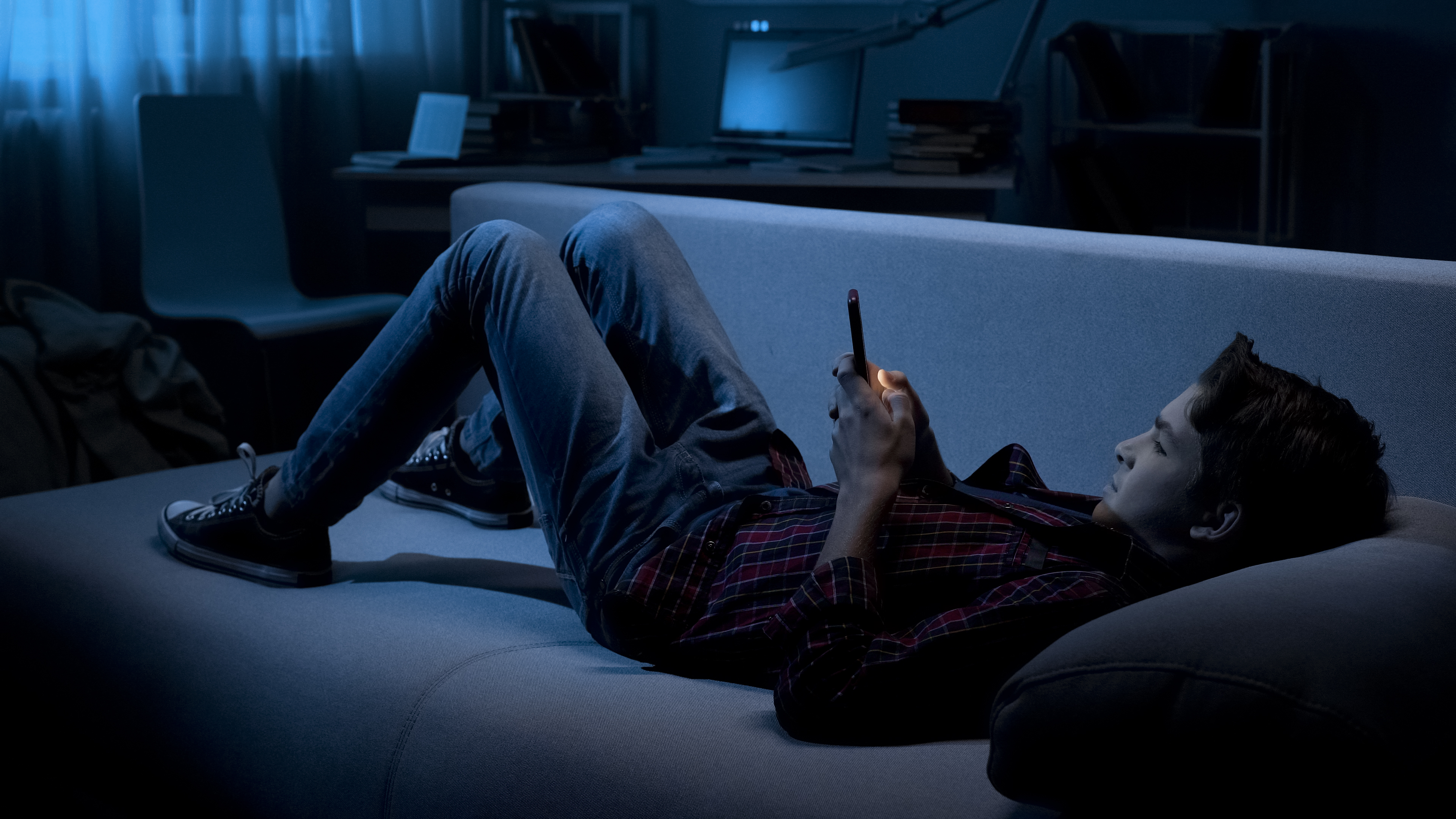Advice secondary menu
Sharing illegal content
What you need to know
Children and young people may share content for a variety of reasons, but it’s important that they’re aware that the type of content they might be accessing or sharing can have a range of implications.
Sexualised images and videos people under the age of 18 are considered to be sexual abuse or child abuse material. This is illegal content and there are a range of legal implications for creating, storing or sharing it with others.
Children and young people may not be aware that engaging in this material is against the law. They might not be aware that it is still considered to be child abuse material, even if the material is taken by the young person of themselves.
Information about illegal and harmful content, including how to report it if you come across it online can be found here.
Advice for parents and carers
What can I do?
- Maintain supervision of your child when they are online
- Encourage your child to identify trusted adults who can help.
Children at this age may accidently come across harmful content online. Supervising your child while they’re on a connected device and using technology settings can help you manage this.
If they do come across something, they should know come to you or another trusted adult who can help.
It’s never too early to start teaching young children about technology and online safety. The early learning resource Playing IT Safe can help you do this.
Playing IT Safe is a free resource developed for prior to school aged children. It’s an introduction to digital technology and online safety education and includes a series of play-based activities that children can undertake in early learning environments with educators, and at home with parents and carers.
You can access Playing IT Safe at http://www.playingitsafe.org.au
What can I do?
- Be aware of the apps, videos and games your child is accessing
- Consider whether technology settings can be used to help manage the content your child sees
- If your child sees something that makes them uncomfortable or unsafe, they should seek help from your or another trusted adult.
If your child is in this age group they are likely to be playing games or watching videos online.
Your child may accidently come across harmful content or things that make them uncomfortable. This might a pop up in a game, from searching for content or even watching videos.
Supervision and oversight while your child is on a connected device, as well as using technology settings and parental controls can help you with managing this.
Encourage your child to seek help and talk to you if they see anything online that makes them feel unsafe or unsure.
What can I do?
- Empower your child to recognise what type of content is age-appropriate to make informed decisions, even when they’re unsupervised
- Use your judgement and discretion in managing issues around personal image sharing through open and non-judgemental conversations
- Seek advice from wellbeing and support services to help manage any wellbeing impacts if your child is involved with creating, accessing or sharing this type of content.
In this age group your child may be using messaging, video and image sharing apps to share content with others online. Some popular image sharing apps even have a disappearing content feature which allows users to send material to each other for a set time, after which it ‘disappears’.
In some instances your child may be exploring their identity using technology.
Older children might be using technology to manage or maintain their relationships.
Have open and non-judgemental conversations with your child about their online activities and the types of content they’re sharing.
They may not be aware that sexualised content created by themselves, sometimes also called ‘selfies,’ is considered to be child sexual exploitation material. This is still the case even if they have given permission and taken it of themselves.
Storing or saving this sexualised material of someone under the age of 18, even if it’s of themselves, is also against the law.
One way images can be stored is through ‘vault apps’ or secret storage on devices. They may look like ordinary apps such as a calculator, however they can only be accessed by entering a password. This feature is also being built into some popular video and image sharing apps.
There are also laws about searching for child sexual exploitation material, including if they are searching for sexually explicit content involving people their own age.
The eSafety Commissioner has developed a guide help you have a discussion with your child about pornography.
Our Family Online Safety Contract can also help you with having discussions with your child about boundaries and expectations for using technology.



